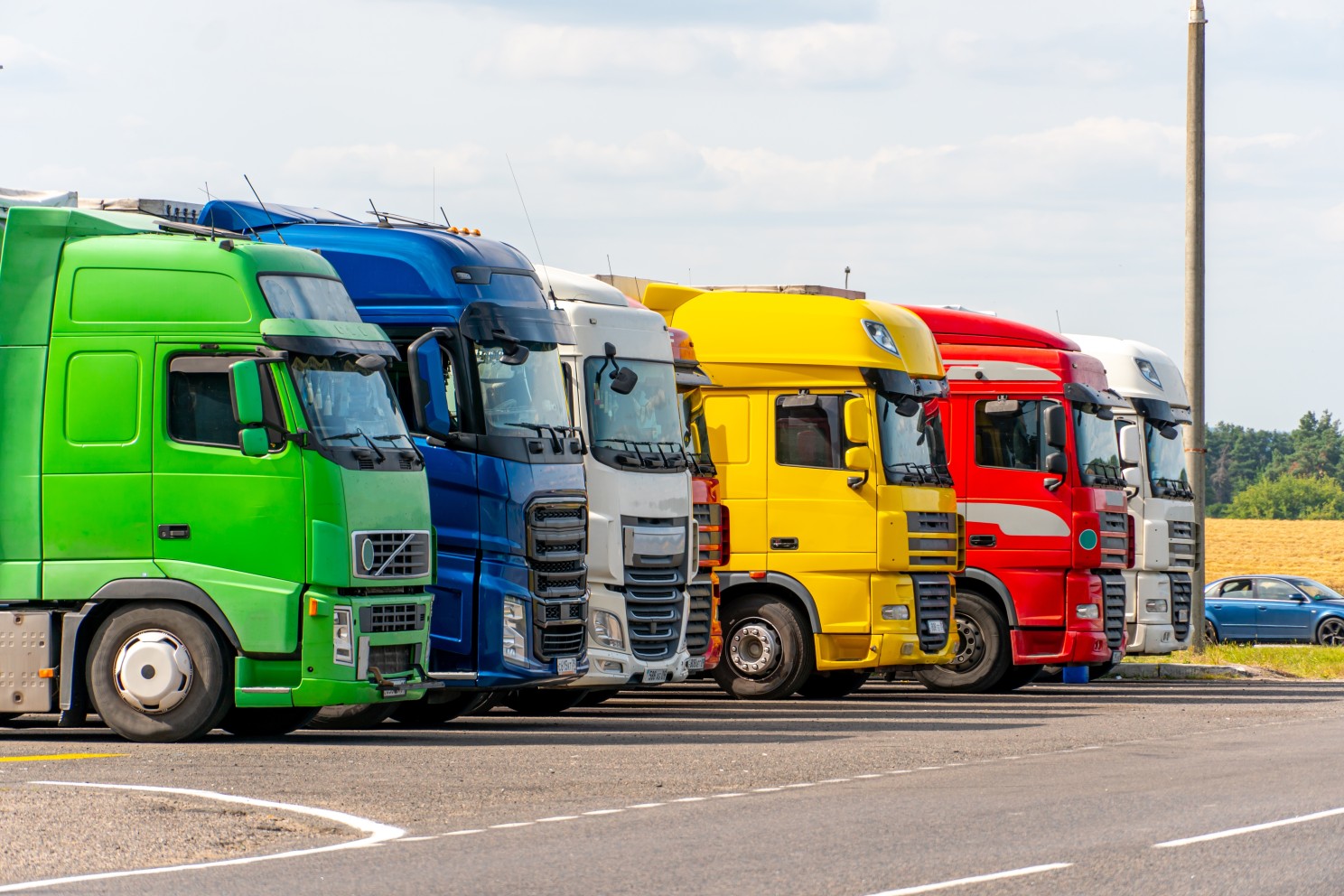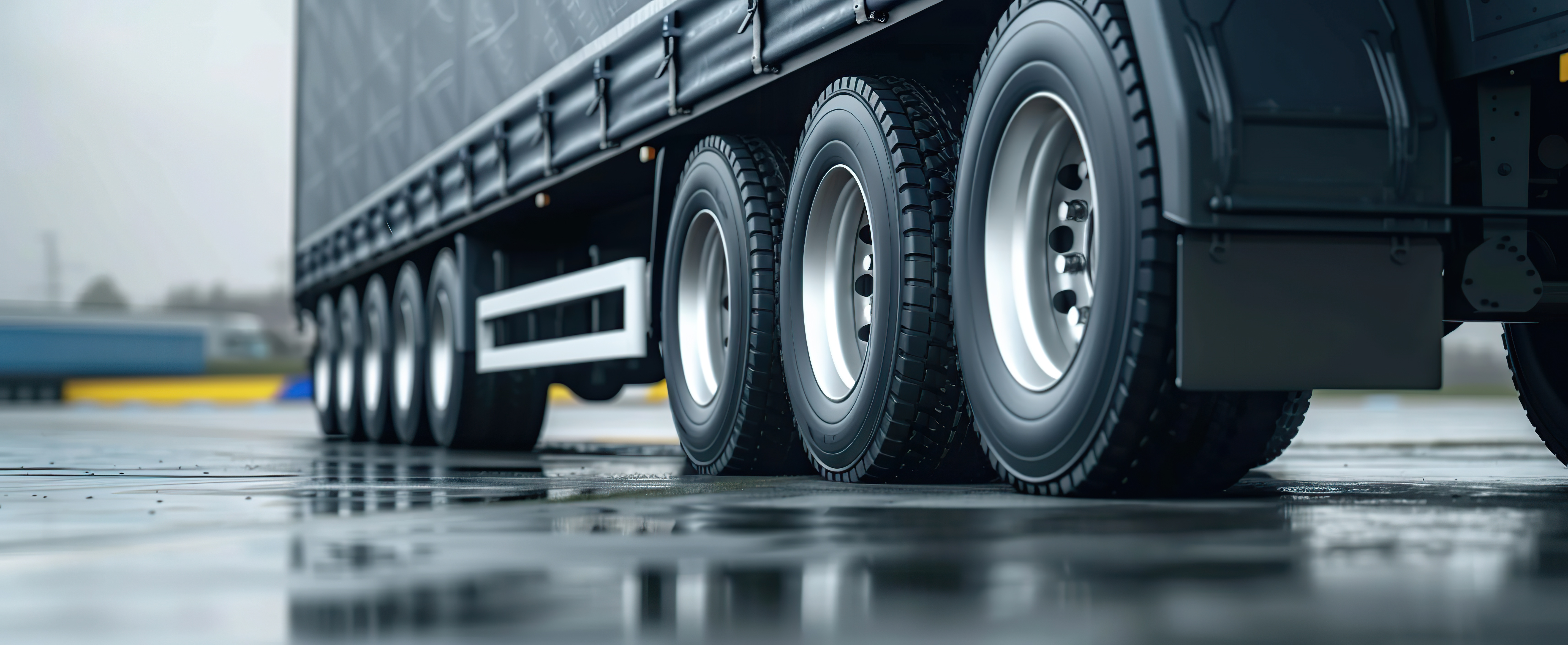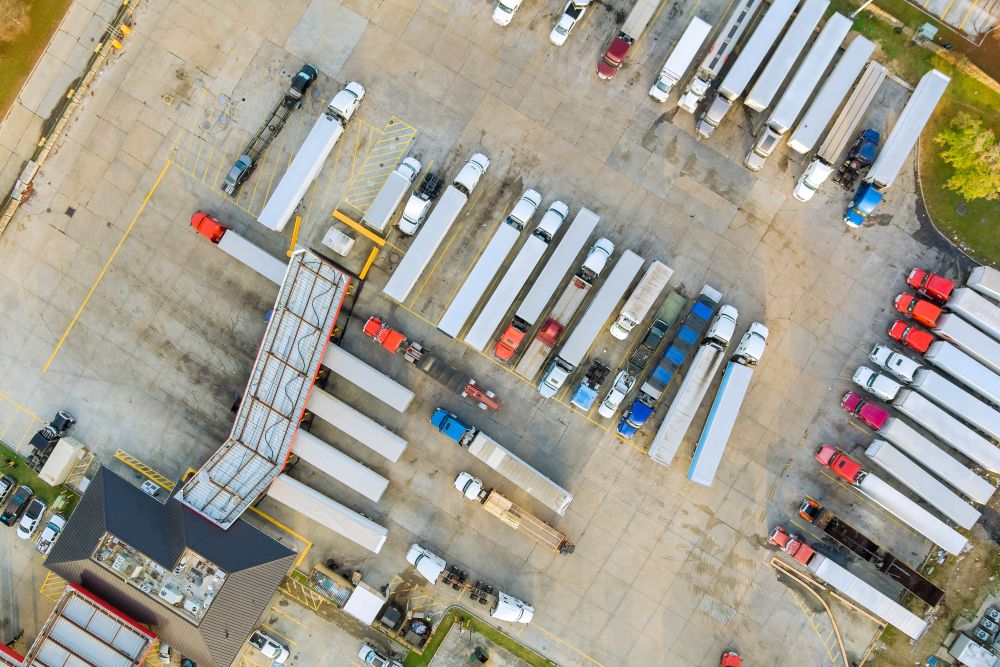
Josh Cousens
Co by měli manažeři vozových parků vědět o dopravních předpisech EU
Vytvořeno: 07.04.2025
•
Aktualizováno: 07.04.2025
Víme, že manažeři vozových parků se potýkají s nedostatkem řidičů, rostoucími náklady na pohonné hmoty a náročným úkolem udržet nákladní vozidla v souladu s předpisy. Nyní přidejte složitou síť dopravních předpisů EU, které se vyvíjejí rychleji než počet ujetých kilometrů vašeho vozového parku. Zní vám to povědomě?
Vítejte v první linii evropské nákladní dopravy.
Regulační prostředí EU, od pravidel pro provozní hodiny až po emisní cíle, je výzvou a půl, ale také plánem pro inovativnější, bezpečnější a udržitelnější nákladní dopravu.
Ať už řídíte rodinnou firmu v Polsku, nebo dohlížíte na celoevropské operace z Velké Británie, udržet si náskok před pravidly není volitelné. Jde o přežití.
Proč by měli správci vozových parků věnovat pozornost
Dopravní předpisy EU ovlivňují téměř všechny aspekty vašeho provozu: pracovní dobu řidičů, emise vozidel, hraniční kontroly, parkování a dodržování digitálních předpisů. Nedodržení předpisů může znamenat pokuty, zpoždění nebo ztrátu zakázky.
Dobrou zprávou je, že pokud systému rozumíte, můžete ho využít ve svůj prospěch. Znalost pravidel vám usnadní odlišit se od konkurence.

Klíčové dopravní předpisy EU, které by měl znát každý správce vozového parku
1. Zákony o pracovní době řidičů a tachografech
Evropská unie má přísná pravidla pro to, jak dlouho mohou řidiči pracovat na silnici. Správci vozových parků musí zajistit, aby jejich řidiči:
- Řídit maximálně 9 hodin denně (s možností prodloužení na 10 hodin dvakrát týdně).
- Nepřekračujte 56 hodin řízení za týden.
- Po 4,5 hodinách řízení si udělejte 45minutovou přestávku.
Digitální tachografy musí být namontovány na všech příslušných vozidlech, aby bylo možné sledovat dodržování předpisů. Nedodržení této povinnosti je jedním z nejčastějších důvodů pro uložení pokuty.
Více informací o pravidlech pro tachografy zde.
2. Balíček mobility
Tento rozsáhlý soubor reforem mění přeshraniční nákladní dopravu. Mezi hlavní změny patří:
- Pravidelné vracení vozidel do země původu každých 8 týdnů.
- Stejné odměňování řidičů působících v hostitelských zemích EU
- Nová pravidla pro kabotáž a vysílání řidičů.
Pro manažery vozových parků, kteří dohlížejí na mezinárodní dopravu, je to změna.
Více informací o balíčku mobilita zde.
3. Emise a environmentální pravidla
Nízkoemisní zóny (LEZ), cíle pro emise CO2 u nových nákladních vozidel a pobídky pro elektromobily jsou jen začátkem.
Správci vozového parku musí dodržovat emisní normy Euro 7. Mezi ně patří:
- Zjistěte, kde se nacházejí nízkoemisní zóny (zejména ve městech jako Paříž, Berlín a Milán).
- Investujte do ekologičtějších technologií nebo modernizujte starší vozidla
- Sledovat údaje o emisích pro potřeby výkaznictví.
4. Inteligentní tachografy a dodržování digitálních předpisů
Evropská unie usiluje o automatizované prosazování předpisů:
- Chytré tachografy jsou povinné ve všech nových vozidlech.
- Tato zařízení přenášejí údaje GPS a mohou být na dálku kontrolována úřady.
- Digitální nástroje pro správu vozového parku již nejsou luxusem - jsou vaší právní pojistkou.
5. Pravidla přeshraničního parkování a odpočinku
Správci vozových parků musí plánovat parkovací místa a místa pro odpočinek v souladu s pravidly pro dobré životní podmínky řidičů:
- Řidiči musí trávit týdenní odpočinek mimo kabinu.
- V některých regionech se stává povinné hlídané parkování nákladních vozidel.

Často kladené otázky
Jaká jsou pravidla EU týkající se doby řízení pro řidiče nákladních vozidel?
Správci vozových parků musí zajistit, aby řidiči dodržovali limity stanovené EU: 9 hodin denně (s možností flexibility), řádné přestávky a maximální týdenní/měsíční limity řízení.
Co je balíček EU pro mobilitu nákladních vozidel?
Reforma balíčku mobility zajišťuje spravedlivou hospodářskou soutěž, dobré životní podmínky řidičů a řádný dohled v mezinárodní nákladní a silniční dopravě - s přísnějšími pravidly pro kabotáž, mzdy a návraty.
Co se stane, když porušíte pravidla tachografu?
Řidiči, kteří poruší pravidla tachografu, mohou očekávat pokuty, případné zákazy činnosti a poškozenou pověst firmy. Nedodržování předpisů není jen riziko - je to drahé.
Vyžadují země EU emisní normy pro nákladní vozidla?
Ano. Většina velkých evropských zemí a měst má přísnou politiku a emisní cíle pro snížení znečištění ovzduší vozidly, takže provozovatelé vozových parků musí plánovat dopředu.
Velký obrázek
Správci vozových parků neřídí pouze nákladní vozidla, ale také rizika, dodržování předpisů a pověst své firmy. Porozumění dopravním předpisům EU je rozdíl mezi prosperitou v moderní přepravě a zaostáváním.
SNAP je tato práce snadnější. Podporujeme lidi, kteří udržují Evropu v pohybu, od digitálních plateb až po řešení pro parkování nákladních vozidel a dodržování předpisů.
Předpisy se zpřísňují, ale kompetentní správci vozových parků? Ti také zpřísňují svou hru.
Jste připraveni vyhovět předpisům, zůstat konkurenceschopní a řídit budoucnost nákladní dopravy? Odemkněte SNAP ještě dnes.



